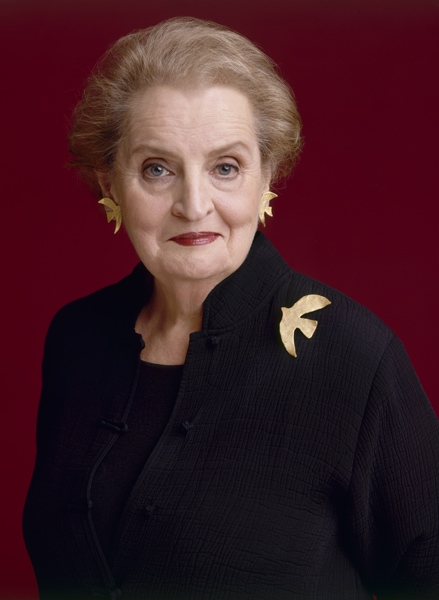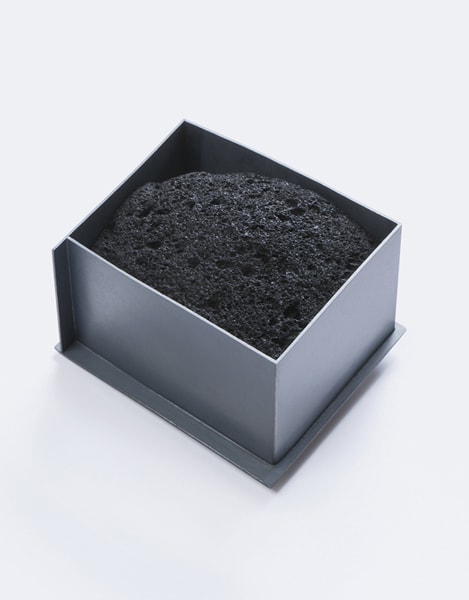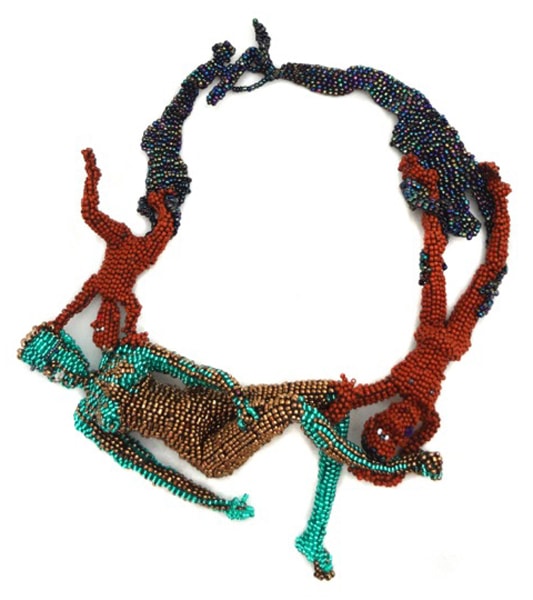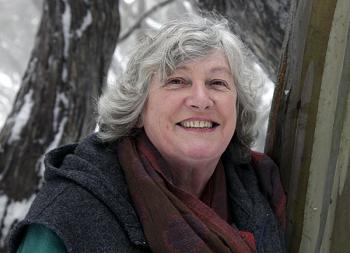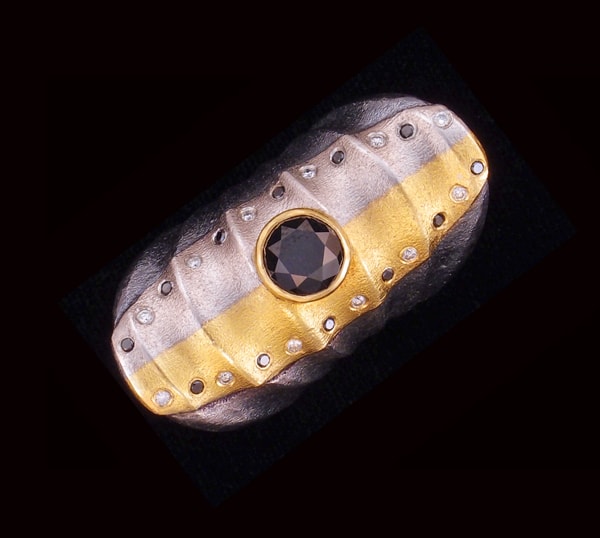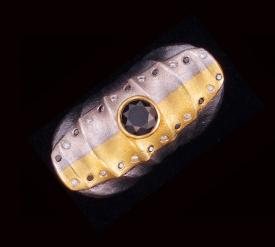 Maurer-Zilioli Contemporary Arts has set up an exhibition space in Munich, Germany, in addition to its space in Italy, and the gallery recently showed the work of Swiss-born Therese Hilbert. This is a rare opportunity for us to interview her for the blog. Hilbert’s interest in volcanic landscapes has lasted for many years, and this body of work is no exception. Her work is minimal and clean, but beneath the surface is possibility of the churning lava flow. This is a powerful feeling if you can capture it.
Maurer-Zilioli Contemporary Arts has set up an exhibition space in Munich, Germany, in addition to its space in Italy, and the gallery recently showed the work of Swiss-born Therese Hilbert. This is a rare opportunity for us to interview her for the blog. Hilbert’s interest in volcanic landscapes has lasted for many years, and this body of work is no exception. Her work is minimal and clean, but beneath the surface is possibility of the churning lava flow. This is a powerful feeling if you can capture it.
Susan Cummins: Therese, can you tell me the story of the moment when you knew you were going to be an artist?
Therese Hilbert: Already, at the age of 15-years-old, I knew that I would like to do something creative in the future. It was actually a high school teacher who suggested that I should apply to the Kunstgewerbe Schule in Zurich. This turned out to be the first and most important step on my long way to become an artist.
Who were the professors that had the most influence on you?
Therese Hilbert: The Swiss gold- and silversmith Max Fröhlich (1908–1997), as the dean of the metal department at the Kunstgewerbe Schule and my teacher from 1965 until 1969, had the most influence. The entire school was based on the ideas of the Bauhaus and the Ulmer Schule. Hermann Jünger was a great example for all of us on how to live a real artist’s life as a goldsmith. However, as my professor from 1972 until 1978 at the Akademie der Bildenden Künste in Munich, his advice was not particularly suitable or helpful for my own work.
